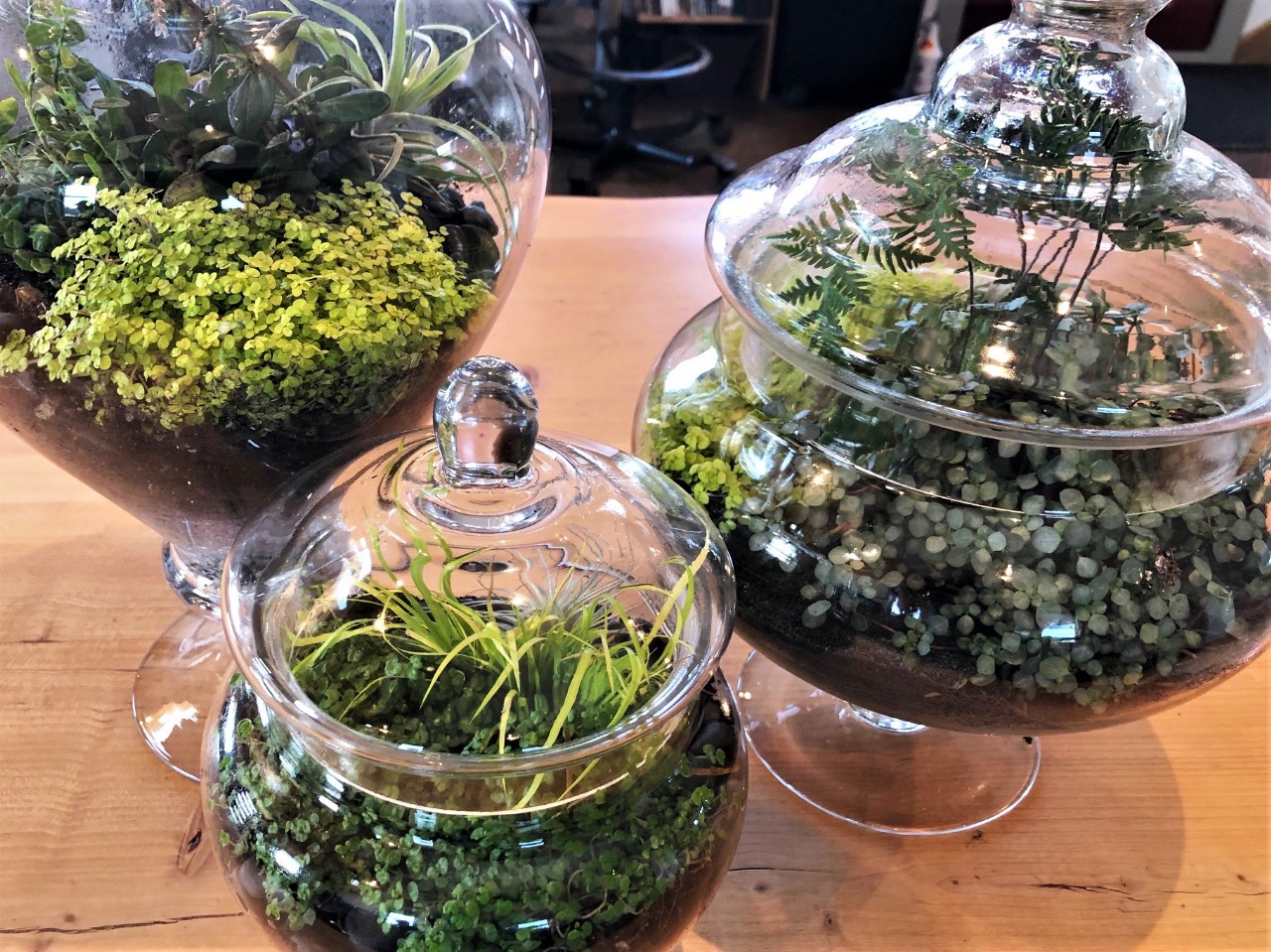Introduction
A Self sustainable ecosystem aquarium is one of the most fascinating and rewarding ways to experience nature up close. It’s a completely balanced environment that thrives on its own without the need for feeding, water changes, or filtration. Inside this small world, plants, algae, and tiny creatures like Opae Ula shrimp live in harmony, forming a closed system that mirrors nature’s perfection. Owning a Self Sustainable Ecosystem offers beauty, education, and peace of mind—all in one elegant jar or tank.
What Makes a Self Sustainable Ecosystem Unique
A Self Sustainable Ecosystem is designed to function without external support. Unlike regular aquariums, it doesn’t require a pump, food, or maintenance. The balance between light, plants, shrimp, and microorganisms ensures the system stays clean and stable. Each organism in the Self Sustainable Ecosystem plays an essential role—plants produce oxygen, shrimp consume algae, and bacteria decompose waste. Together, they create a naturally recycling environment that sustains itself.
The Science Behind a Self Sustainable Ecosystem Aquarium
A Self Sustainable Ecosystem works through the natural cycles of life. Sunlight provides energy for photosynthesis, allowing plants and algae to produce food and oxygen. The Opae Ula shrimp eat algae, and their waste becomes nutrients for the plants. Microorganisms then break down the organic matter, completing the cycle. This perfect balance keeps the Self Sustainable Ecosystem stable and active without human interference.
Health and Stress Relief Benefits of a Self Sustainable Ecosystem
Owning a Self Sustainable Ecosystem is known to improve mental well-being. Watching the shrimp move gracefully and plants sway in the water can relieve stress and anxiety. The calm and rhythmic activity of the Self Sustainable Ecosystem promotes relaxation and mindfulness, making it ideal for homes, offices, and classrooms. It’s like having a piece of tranquil nature right on your desk.
Low Maintenance and Long-Lasting Beauty
The biggest advantage of a Self Sustainable Ecosystem is that it requires no care. There’s no feeding, no cleaning, and no need for filters. Once established, it runs on its own for years—some Opae Ula shrimp have even lived for over two decades in a well-balanced system. The Self Sustainable Ecosystem aquarium maintains its clarity and beauty naturally, offering a continuous source of wonder and relaxation.
Educational Value of a Self Sustainable Ecosystem
A Self Sustainable Ecosystem isn’t just a decoration—it’s a powerful teaching tool. It helps children and adults understand ecology, sustainability, and the interconnectedness of life. Schools use the Self Sustainable Ecosystem to demonstrate processes like photosynthesis, respiration, and nutrient cycling. It’s a living science experiment that inspires curiosity and respect for the environment.
Perfect for Any Environment
A Self Sustainable Ecosystem fits perfectly in homes, offices, and learning spaces. It adds a natural aesthetic without demanding time or attention. Whether placed on a work desk, shelf, or classroom counter, the Self Sustainable Ecosystem provides a refreshing touch of green and red life. It’s a conversation starter, a relaxation aid, and a miniature symbol of balance and sustainability.
Building Your Own Self Sustainable Ecosystem
Creating a Self Sustainable Ecosystem aquarium is easy. Use a clean glass jar or tank, add a layer of substrate, aquatic plants, and dechlorinated water. Introduce a few Opae Ula shrimp and seal the jar loosely to allow minimal air exchange. Position it in a bright area with indirect sunlight. Over time, you’ll see algae form, shrimp graze, and plants thrive—all without your help. That’s the beauty of a Self Sustainable Ecosystem.
Conclusion
A Self Sustainable Ecosystem aquarium is the perfect blend of science, beauty, and simplicity. It offers a glimpse into nature’s self-sustaining design while requiring zero maintenance. Whether for relaxation, education, or decoration, a Self Sustainable Ecosystem brings calmness and connection to the natural world. It’s more than an aquarium—it’s a living piece of art that embodies balance, longevity, and the magic of life in harmony.



